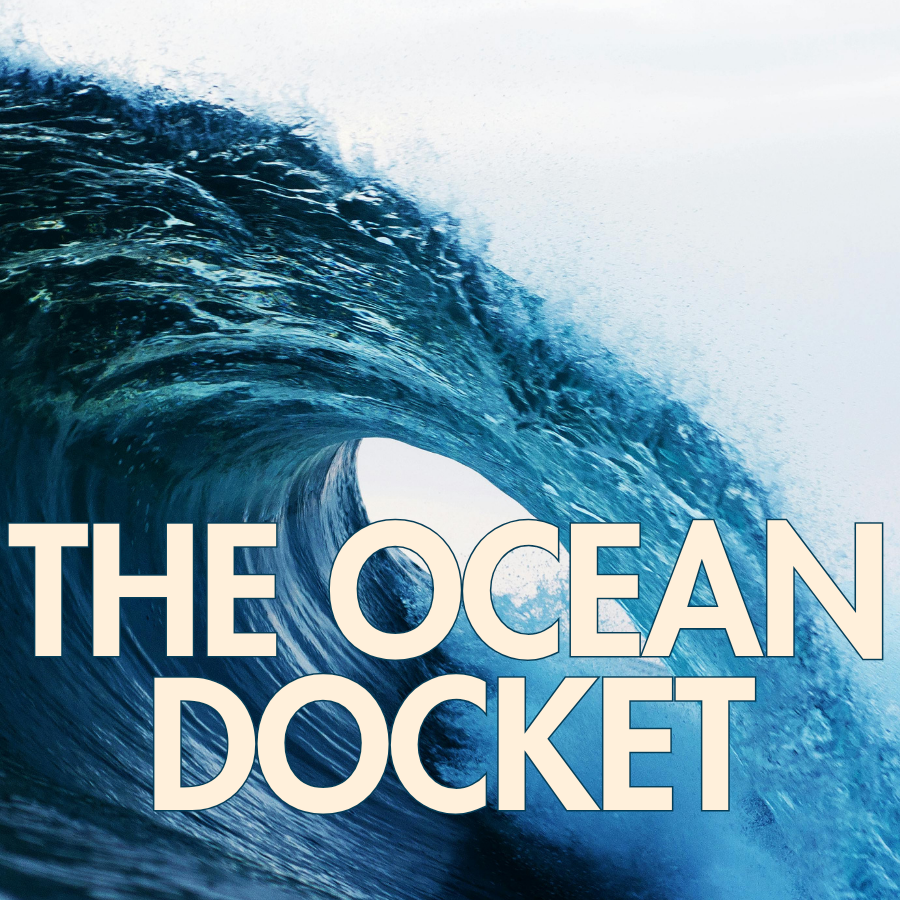BBNJ stands for the “Agreement under the United Nations Convention on the Law of the Sea on the Conservation and Sustainable Use of Marine Biological Diversity of Areas Beyond National Jurisdiction”. Try saying that five times.
International law of the sea and its instruments, like the BBNJ, are important for any professional working in fisheries. But it can be hard to keep up with the legal jargon, especially as language is often (overly) technical. That’s why, in this important week for the BBNJ Agreement, I would like to outline some basics about this Agreement and share some reflections.
Let’s start at the beginning. As you can see, the full name starts by referencing the United Nations Convention on the Law of the Sea, or UNCLOS, which has also been called the Constitution of the Law of the Sea. It outlines the rights and obligations of states (meaning a country or jurisdiction) in the context of the sea, ranging from the territorial sea right off the coast to what we call “the high seas”. The high seas are also referred to as areas “beyond national jurisdiction”, i.e. the waters beyond the Exclusive Economic Zone (EEZ) of states.
The BBNJ is an implementing agreement of UNCLOS, which builds on and supplements UNCLOS by addressing issues that were not fully developed, particularly the conservation and sustainable use of life in the ocean (genes, species, ecosystems) in those areas beyond national jurisdiction. It is also known as the High Seas Treaty.
What is the Role of this Agreement in Ocean Governance today?
BBNJ was concluded in March 2023 after years of negotiation and formally adopted that June. It has not yet entered into force, as the required threshold of ratifications is still pending. Ratification is the formal act by which a state consents to be legally bound by the treaty, thereby becoming a signatory State. A total of 60 ratifications are needed, and we are currently at 53.
Despite this process still being underway, the Agreement is already shaping the international legal landscape. The International Court of Justice, in its recent Advisory Opinion on Climate Change, noted that even prior to entry into force, signatory states are bound not to act inconsistently with the BBNJ’s objectives and purposes, including the protection of marine biodiversity.
The BBNJ Executive Committee (“Ex-Com”) is currently convening at the UN HQ in New York for its second session (18-29 August 2025), as part of the Agreement’s Preparatory Commission meetings. These meetings are focused on making the BBNJ Agreement operational, addressing key issues such as financial mechanisms, secretariat arrangements, and rules for subsidiary bodies. Delegates are working to ensure the Agreement has practical pathways for its implementation.
Unanswered Questions and Challenges
As with the implementation of any international agreement, we must wait to see its true impacts. Will the BBNJ Agreement lead to a better-governed high seas, and will it deliver greater equity among all states? Time will tell, and we already know some critical issues remain. We are no longer living in a time where the high seas resemble what Grotius described as mare liberum, a space free for all to exploit. Today, Regional Fisheries Management Organisations (RFMOs) regulate around 90% of high seas fisheries. Under Article 10(2) of the BBNJ Agreement, fish and other marine living resources, as well as fishing activities, fall within the scope of area-based management tools (ABMTs). This overlap raises pressing questions about how ABMTs established under the BBNJ regime will interact with existing RFMO mandates. In addition, financing poses a significant challenge: without sufficient and equitable funding, the fair implementation, monitoring, and benefit-sharing at the heart of the Agreement risk remaining aspirational rather than operational.
Sources
Legal documents
Agreement under the United Nations Convention on the Law of the Sea on the Conservation and Sustainable Use of Marine Biological Diversity of Areas Beyond National Jurisdiction (BBNJ Agreement)
International Court of Justice, Advisory Opinion on Climate Change (July 2025)
Articles and websites
High Seas Alliance, ‘Treaty Ratification’ https://highseasalliance.org/treaty-ratification/ accessed 27 August 2025
Rashid Sumaila et al, ‘The BBNJ Agreement and High Seas Governance: Challenges and Opportunities’ (2024) 182 Marine Policy 106477


Leave a Reply